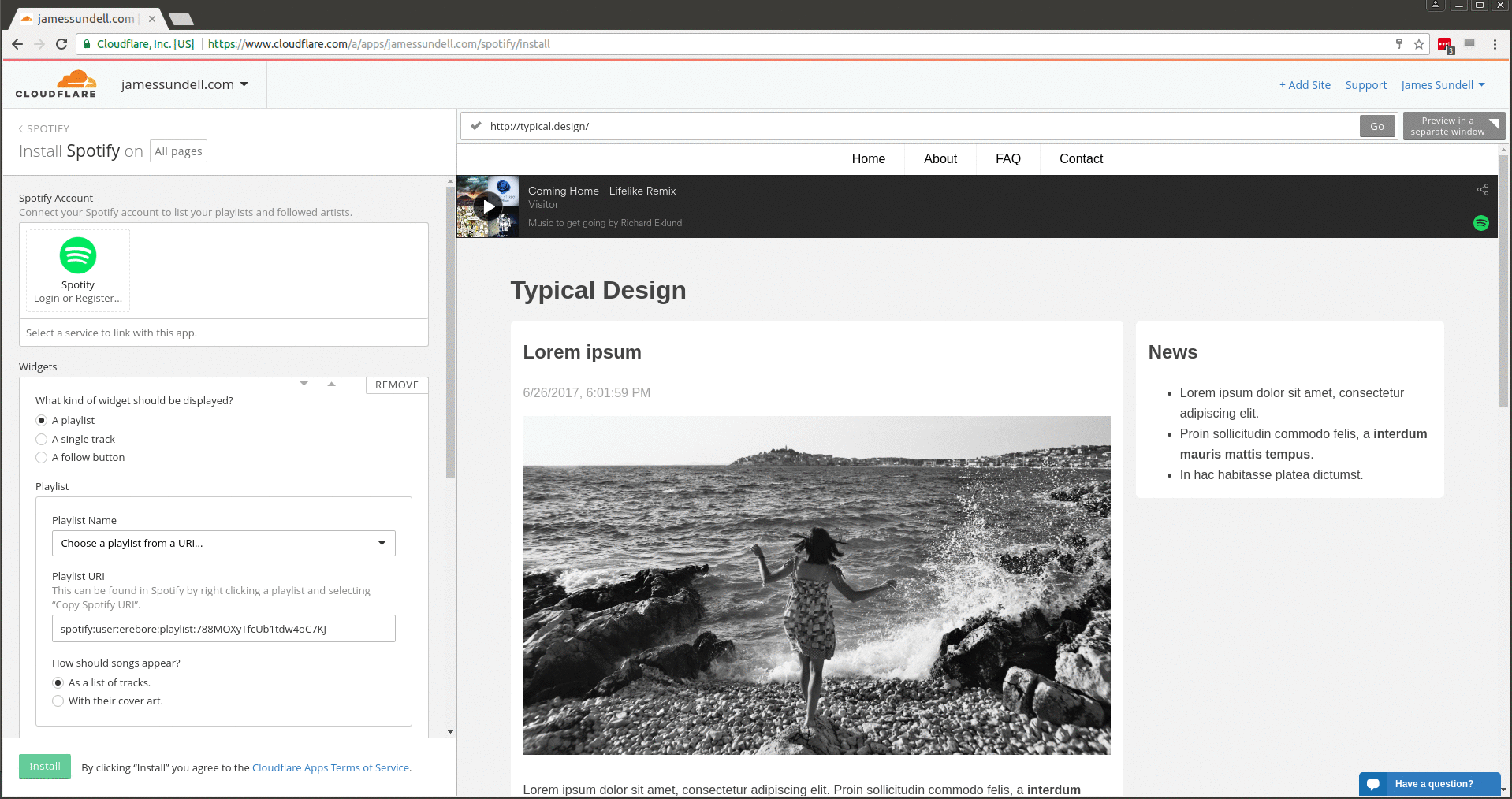Introduction to Port Channels and LACP
What is Port Channel ? when and where it is used ?
 |
| Fig 1.1- LACP between Cisco and HP Switches |
Encryption and law enforcement can work together
The Internet Society and Chatham House will be hosting a roundtable of experts to deconstruct the debate on encryption and law enforcement access this week. I am not under any illusion that we will walk away with the solution. This is a complex problem: one that many have tried to solve, often with limited success. However, I am optimistic that the people in the room have the potential to look beyond their own positions, to consider the impact of decisions they may make concerning encryption, and to work together to unite two important societal objectives: the security of infrastructure, devices, data and communications; and the needs of law enforcement.
Perhaps the biggest dilemma facing both law enforcement and companies that provide digital services is – how much encryption is “enough” and who gets to decide?
There is an “encryption dichotomy” in the market: some services are more “law enforcement access friendly” than others. This dichotomy is not new. But, in the last four years, a number of leading tech companies with substantial customers bases have added more encryption and removed their ability to decrypt their customers’ content, to increase the privacy and security of their services. A side-effect of these Continue reading
Internet in China
In this post I’ll describe some experiences I had with the Internet in China, and what it means for people making websites in the west in order to reach expats, visitors, and anyone else in China. So this should be useful information even if you don’t care about China as a market at all.
This blog post may be updated, as I have more thoughts on Internet in China.
My subjective experience is that “Internet in China” is an oxymoron. How exactly is there “Internet” without Google, Facebook, and Twitter? When attaching an Android phone to a WiFi in China it even says “Wi-Fi has no Internet access”.
OK, that’s not entirely serious. Especially since I’m obviously not aware of what the Chinese language Internet looks like, not speaking or reading Chinese. Baidu looks like it largely provides the services Google does (search, maps, …), but they’re pretty much not translated. The Baidu Map app seems fine, but is almost useless if you don’t speak Chinese. The one thing it’s good for is that unlike Google Maps (if you can even get to it. see below) it actually shows you a correct location within China.
But more importantly it’s not Continue reading
ZTE Scores 5G Deals in Italy, Adds Orange on 5G and Network Slicing
 5G and network slicing trials to be conducted across parts of Europe.
5G and network slicing trials to be conducted across parts of Europe.
GE Digital Preps for More Processing by Expanding Predix at the Edge
 “We think there will be more processing at the edge than in the cloud.”
“We think there will be more processing at the edge than in the cloud.”
SnatchLoader Reloaded
Executive Summary SnatchLoader is a “downloader” malware—a type of malware that specializes in distributing (or loading) other malware onto infected computers. We first started seeing it in the wild around January 2017, but after a few months it went dormant. Recently, development of the malware […]HPE Bolsters AI Push With a Focus on Deep Learning
 Gartner claims vendors need to make AI simple to deploy and show a business case.
Gartner claims vendors need to make AI simple to deploy and show a business case.
Cisco and Google Jump into Hybrid Cloud Game
 It allows enterprises to deploy Kubernetes-based containers on premises and in Google Cloud Platform.
It allows enterprises to deploy Kubernetes-based containers on premises and in Google Cloud Platform.
Spotify’s Cloudflare App is open source: fork it for your next project


Earlier this year, Cloudflare Apps was launched so app developers may leverage our global network of 6 million+ websites, applications, and APIs. I’d like to take a moment to highlight Spotify, which was a launch partner for Cloudflare Apps, especially since they have elected to open source the code to their Cloudflare App.
About Spotify
Spotify is the leading digital service for streaming music, serving more than 140 million listeners.
What does the Spotify app do?
Recently, Spotify launched a Cloudflare App to instantly and easily embed the Spotify player onto your website without having to copy / paste anything.
Who should install the Spotify app?
A musician who runs a site for their band - they can now play samples of new tracks on their tour calendar page and psych up their fans.
A game creator who wants to share their game's soundtrack with their fans.
An activewear company which wants to deliver popular running playlists to its customers.
Web properties that install the Spotify app have the ability to increase user engagement.
Add Spotify widgets to your web pages and let your users play tracks and follow Spotify profiles. Add a Spotify Play Button Continue reading
ThousandEyes Adds Device Layer to Monitor Network Health
 The platform automatically maps out network device topology.
The platform automatically maps out network device topology.
History Of Networking – Donnie Savage – EIGRP
Donnie Savage joins Network Collective to talk about his role in the history of EIGRP. From its early implementations to moving this formerly fully proprietary protocol through the IETF, Donnie has played a significant role in guiding EIGRP to where it is today.
Outro Music:
Danger Storm Kevin MacLeod (incompetech.com)
Licensed under Creative Commons: By Attribution 3.0 License
http://creativecommons.org/licenses/by/3.0/
The post History Of Networking – Donnie Savage – EIGRP appeared first on Network Collective.

